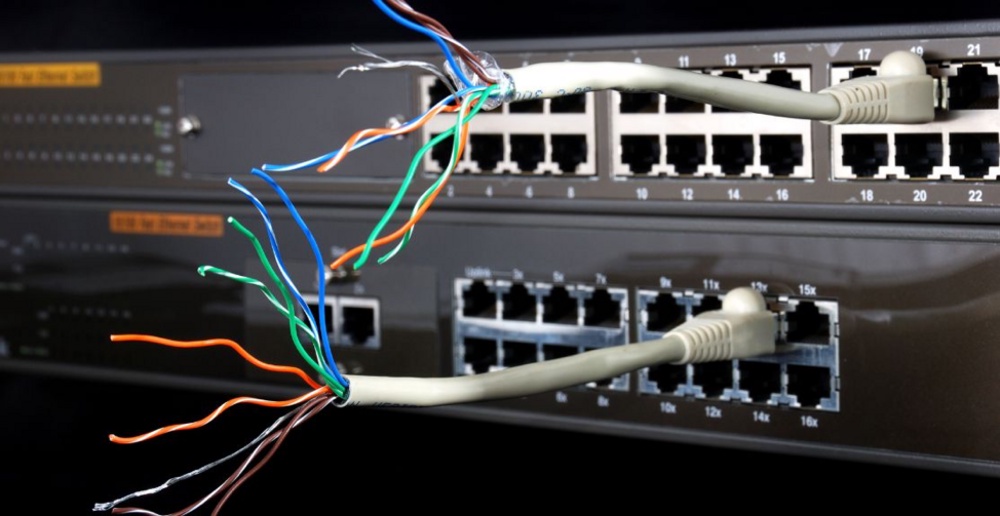Device management requires proper authentication to prevent hackers from accessing shared information. The software must ensure that the user has the right credentials before it allows the device to connect to the network. Another challenge is onboarding new IoT devices, which need to be allocated resources as soon as possible. Many smart sensors, for example, are shipped with preconfigured settings that may not meet the specific deployment requirements.
Cloud IoT Core
You can create a Cloud IoT Core account and register all your IoT devices with it. The registration process allows you to define the essential properties of the device and connect it to the Cloud IoT Core. You can do this using the Cloud Platform Console, the cloud command line, or a REST-style API. You can then use the device manager to monitor and configure the devices.
Cloud IoT Core is a cloud-based management service that allows users to control all their IoT devices from a single point. Devices communicate with the Cloud via a secure connection using encryption. Cloud IoT Core supports multiple types of authentication. For example, it can accept multiple JWTs from different devices, so long as all of them match. In addition, Cloud IoT Core can specify an expiration time for device credentials. This means that it is possible to restrict clock-skew by up to ten minutes.
Cloud IoT Core supports both HTTP and MQTT for communication with devices. The devices communicate with Cloud IoT Core through a bridge. The user can choose which bridge type works best for them. HTTP is the default option, but you can also select the MQTT bridge in the device registry.
Azure IoT Hub
The Azure IoT Hub allows users to manage their IoT devices from a centralized point. It is possible to create a new IoT hub or reuse an existing one. To create a new IoT hub, use the Create menu, choose Resource Group or Subscription, and enter a Hub Name. Be sure to use a unique name for the hub. Next, choose the endpoints to connect to the hub. You can select a Public or Private endpoint. Then click Manage to continue the process.
You must have an Azure account before you can use Azure IoT Hub. Those who subscribe to the MSDN program receive a free 130 Euro per month credit. Azure portal includes a Device Explorer and Service Bus Explorer. The Device Explorer lets you see incoming and outgoing messages, as well as commands and data from devices. The Service Bus Explorer lets you see messages sent to and from the IoT Hub or Azure Service Bus.
Digi Remote Manager
With Digi Remote Manager, you can remotely configure all of your IoT devices with a single click. It supports multiple IoT device types, and even supports out-of-band management. This means you can manage devices from any location, at any time.
A good IoT remote management solution will detect malfunctioning devices and automatically replace them before they cause major problems in the system. It will also provide alerts that can be customized to meet the needs of your organization. One of the most valuable features of IoT device software is the ability to remotely control devices.
The Digi Remote Manager application helps administrators manage all of their IoT devices in a centralized location. It can automatically verify the latest version of any IoT device on the network and distribute updates to all devices. This feature allows administrators to manage their IoT devices in a more efficient way, and ensures that the devices are protected.


No comments yet